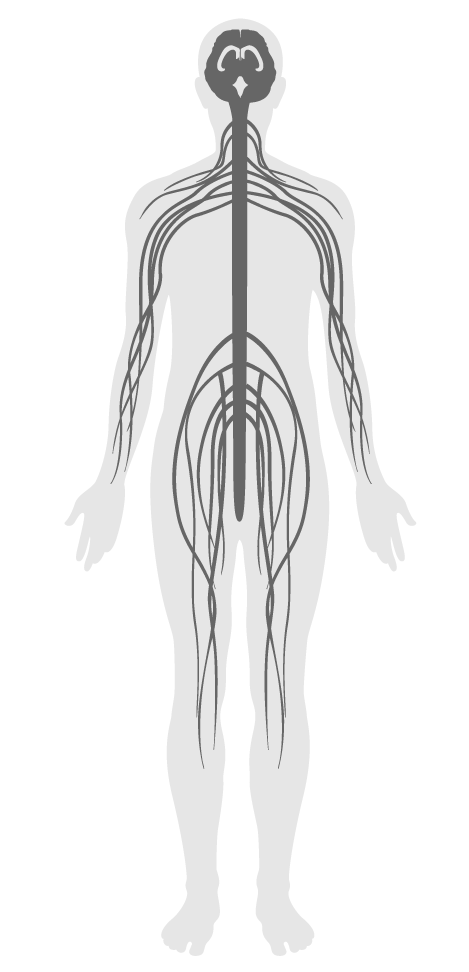Color quality
- 53 Visual lighting design
- 54 Circadian lighting design
- 55 Electric light glare control
- 56 Solar glare control
- 57 Low-glare workstation design
- 58 Color quality
- 59 Surface design
- 60 Automated shading and dimming controls
- 61 Right to light
- 62 Daylight modeling
- 63 Daylighting fenestration
- P2 Light at night
- P3 Circadian emulation
Color quality
To enhance spatial aesthetics and color differentiation through the use of lamps with quality color rendering abilities.
BACKGROUND
Color quality is a function of the spectral output of a light source, the spectral absorbance/reflectance of an object, and the sensitivity of the eye’s cone photoreceptors to different wavelengths of light, which we perceive as color. Color quality impacts visual appeal and can either contribute to or detract from occupant comfort. Poor color quality can reduce visual acuity and the accurate rendering of illuminated objects. For instance, foods, human skin tones and plants may appear dull or unsaturated under lights that have low color quality metrics. Color rendering index (CRI) is a common way to measure color quality, capturing R1-R8 metrics. R9, while not always reported, is also included as part of this feature, as R9 values further take into consideration how we perceive the saturation of warmer hues.

